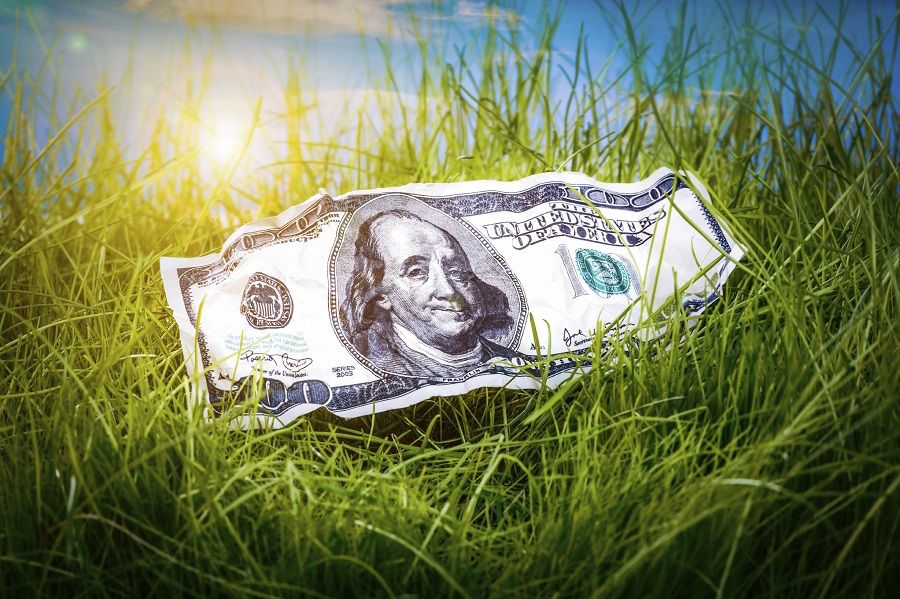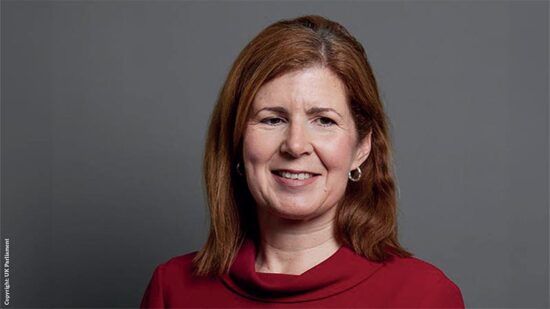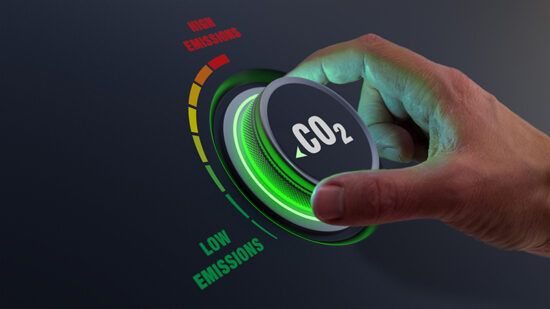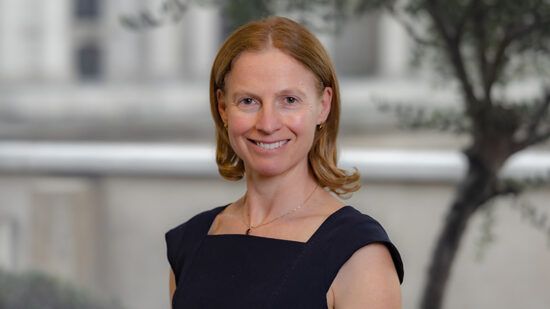The market for ESG-focused exchange-traded funds has been among the world’s hottest investment areas for more than two years now.
About $120 billion has flowed into these funds in 2021 as investors increase their bets on companies deemed to have the highest environmental, social and governance credentials.
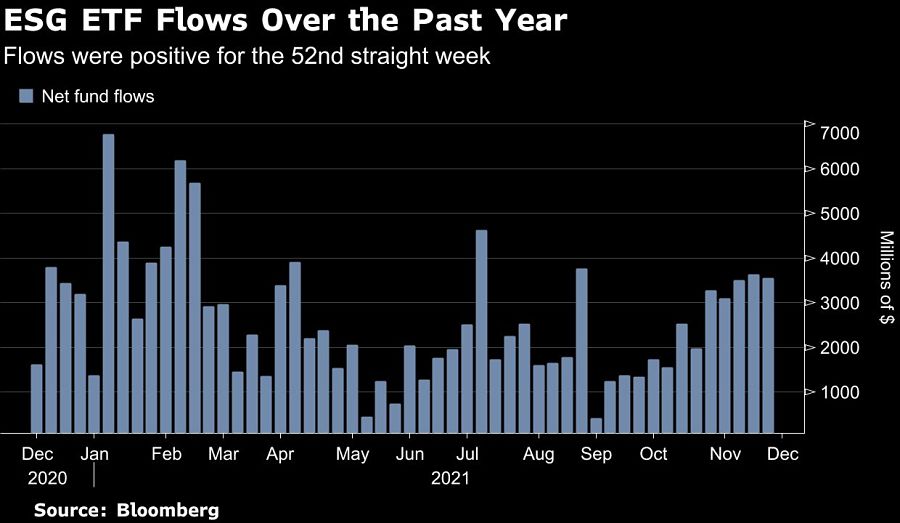
But a closer look shows that just a handful of institutional investors control a large part of the market.
The iShares ESG Aware MSCI USA ETF (ESGU@US) is the biggest ESG-focused ETF, with $25.3 billion of assets. One investor, Chicago-based Envestnet Asset Management Inc., held almost 22% of the fund’s stock at the end of September.
And that level of ownership is tiny when compared with Ilmarinen Mutual Pension Insurance Co., Finland’s largest investor. It controlled 61% of the $4.2 billion iShares ESG MSCI USA Leaders ETF (SUSL@US) at the end of September, and 64% of the $4.2 billion Xtrackers MSCI USA ESG Leaders Equity ETF (USSG@US). Bank of Italy owned 12% of SUSL and 18% of USSG as of Sept. 30.
The ETFs offer a straightforward way to track the MSCI USA ESG Leaders Index, and that’s why “we made the investment decision” when the funds opened in 2019, said Juha Venalainen, a senior portfolio manager who oversees ETF investments at Helsinki-based Ilmarinen, which manages 58.4 billion euros ($66.3 billion). “It has made management of our portfolio much easier.”
The dominance of such a few key institutions points to the big challenge facing the sector: To reach the next level, ESG ETFs need a broader investor base. At the moment, there are few signs of one emerging, according to Eric Balchunas and Shaheen Contractor, analysts at Bloomberg Intelligence.
Many ESG ETFs have achieved their size by lining up “anchor tenants” like the Finnish pension fund and Bank of Italy, before they open to the public. The “bring-your-own-assets” approach is common for large managers of ETFs like BlackRock Inc., and SUSL is a prime example of this strategy, Balchunas said.
The opposite tack is a “grassroots campaign” to attract a larger swath of individual investors. The $5.9 billion Vanguard ESG US Stock ETF (ESGV) is a good example of this, he explained. The largest shareholder of ESGV is the fund’s manager, Vanguard Group Inc., which had a 5.1% stake as recently as Sept. 30.
Because more investors own a position in ESGV, it’s much easier to trade. The average daily trading volume of ESGV was almost 250,000 shares during the past three months, compared with less than 85,000 shares for SUSL.
“For investors, having more liquidity is always a good thing,” Balchunas said.
The largest individual shareholder owns between 5% and 67% of each of the 25 “core” ESG-focused ETFs, with the average hovering at about 25%, down from 32% a year earlier, according to BI research. The decline indicates a slight widening of the investor base to smaller holders and an improving “greenroots adoption” of ESG strategies, BI reported.
Still, that 25% is a large amount. To put it in perspective, no individual shareholder owns more than 10% of the three largest companies in the S&P 500 Index — Microsoft Corp., Apple Inc. and Amazon.com Inc. And that includes Amazon founder Jeffrey Bezos, who now owns about 9.9% of the company’s outstanding shares.


